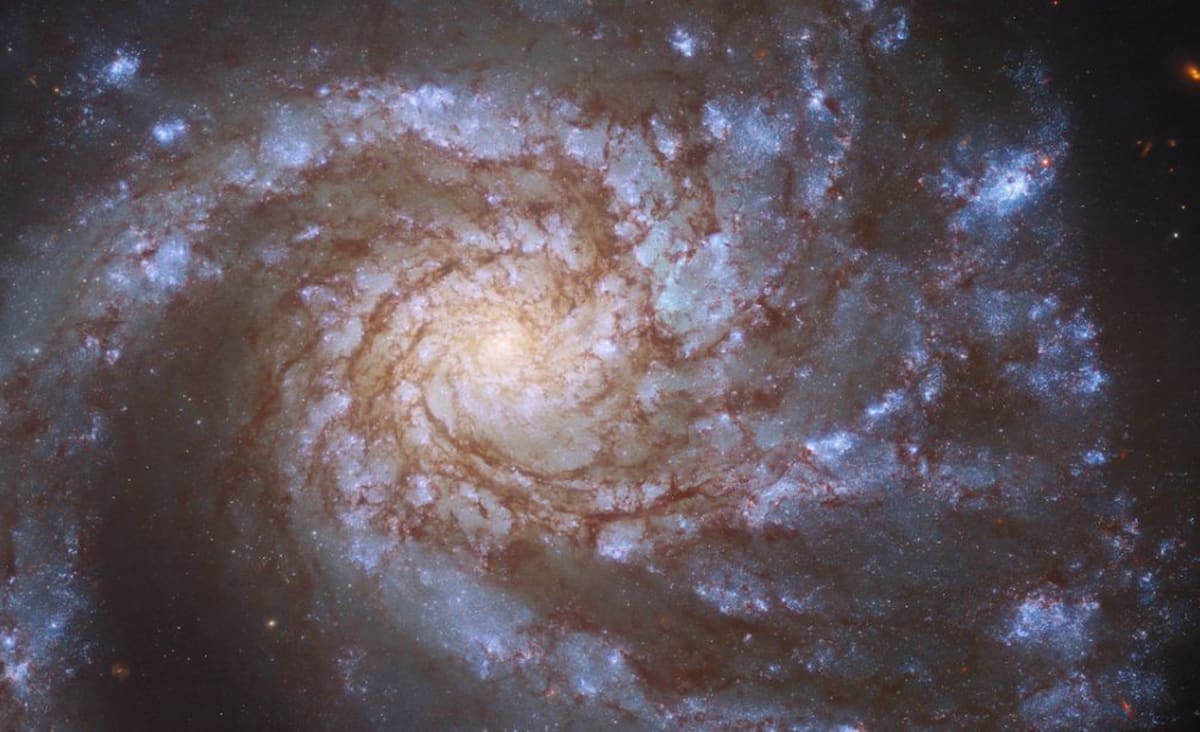
www.space.com
Hubble Space Telescope spots 'grand design' galaxy in stunning new image
The luminous arms of the M99 galaxy were pictured during two Hubble observations.
Science & Tech
Two visits from NASA's most venerable space telescope offers a stunning galactic portrait indeed.
A newly released image from the Hubble Space Telescope shows the mesmerizing spiral of a galaxy called M99. Particularly on display are the galaxy's well-defined stellar arms that branch from the dusty, yellow center of the galaxy. The new image, which the European Space Agency released on May 2, is a result of two recent Hubble–led studies.
The separate observations allowed Hubble's Wide Field Camera 3 (WFC3) to capture a sharper view of the prominent, star-embellished arms of the spiral galaxy. The image displays a stark contrast between the radiant purple-blue hues of the extending star-dense regions and the dark surrounding space.
M99, like the Milky Way, is a "grand design galaxy," meaning that it has particularly pronounced spiral arms. This category includes about 10% of all spiral galaxies, according to NASA.
The glittering strands of M99 are located 42 million light-years away from Earth.
The Hubble image was a result of two separate studies on the galaxy. The first research focused on stellar explosions called novas. These explosions, which ensue from white dwarf stars pulling matter from a larger star, are much less violent than supernovas, which mark the deaths of massive stars.
However, astronomers also believe that there is an intermediate type of explosion, brighter than a nova but fainter than a supernova.
And previous observations of M99 conducted in 2010 the Palomar Transient Facility discovered an object in the spiral galaxy with this type of in-between brightness, according to ESA. By returning their focus to M99, scientists aimed to uncover further information about this detection.
The second observation came from Hubble's involvement in a large study to explore the connections between young stars and the gas clouds that they emerged from. The M99 galaxy was one of 38 galaxies analyzed with the goal to enhance scientists' understanding of star formation.
























































